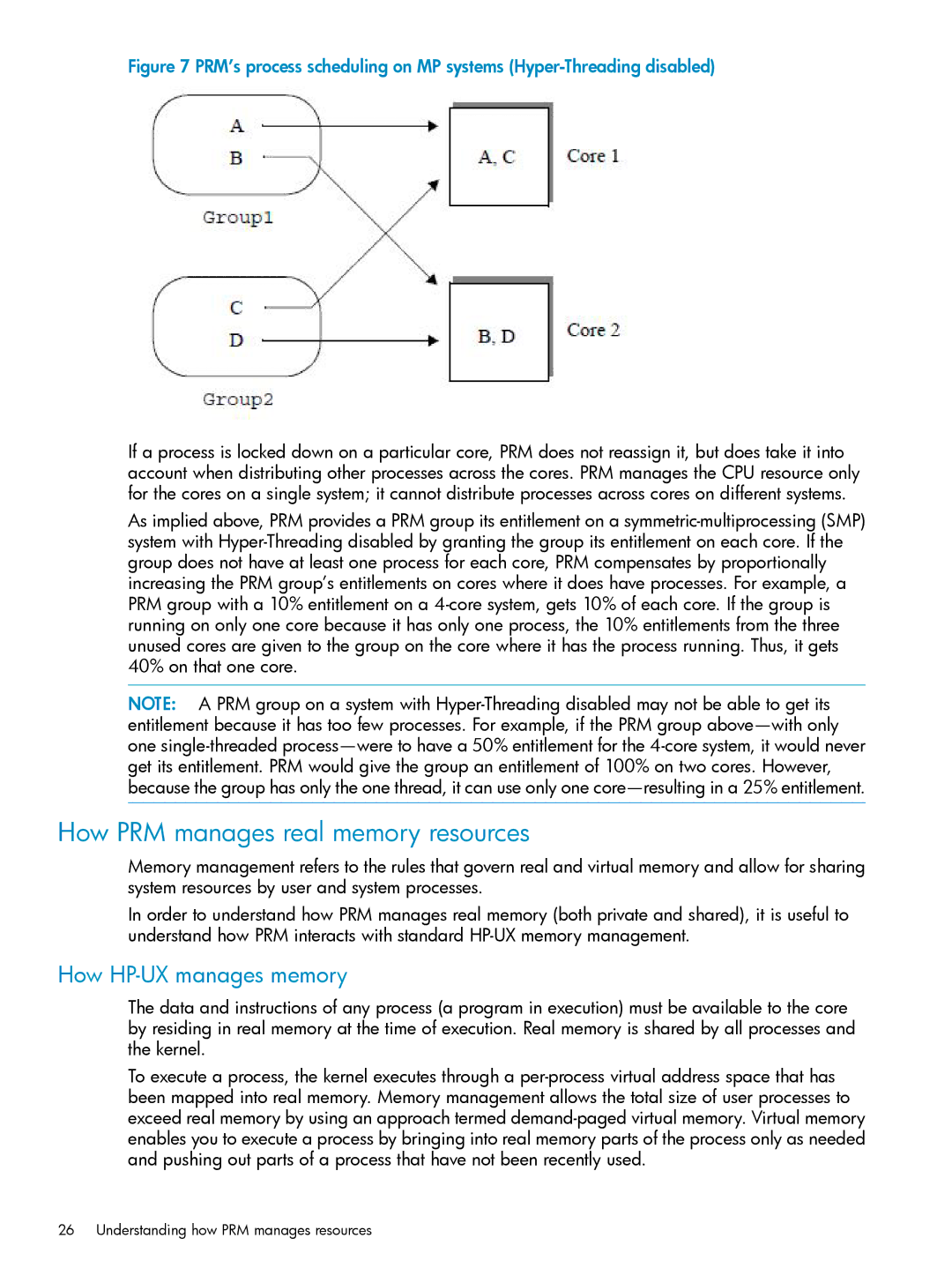
Figure 7 PRM’s process scheduling on MP systems (Hyper-Threading disabled)
If a process is locked down on a particular core, PRM does not reassign it, but does take it into account when distributing other processes across the cores. PRM manages the CPU resource only for the cores on a single system; it cannot distribute processes across cores on different systems.
As implied above, PRM provides a PRM group its entitlement on a
NOTE: A PRM group on a system with
How PRM manages real memory resources
Memory management refers to the rules that govern real and virtual memory and allow for sharing system resources by user and system processes.
In order to understand how PRM manages real memory (both private and shared), it is useful to understand how PRM interacts with standard
How HP-UX manages memory
The data and instructions of any process (a program in execution) must be available to the core by residing in real memory at the time of execution. Real memory is shared by all processes and the kernel.
To execute a process, the kernel executes through a
26 Understanding how PRM manages resources
